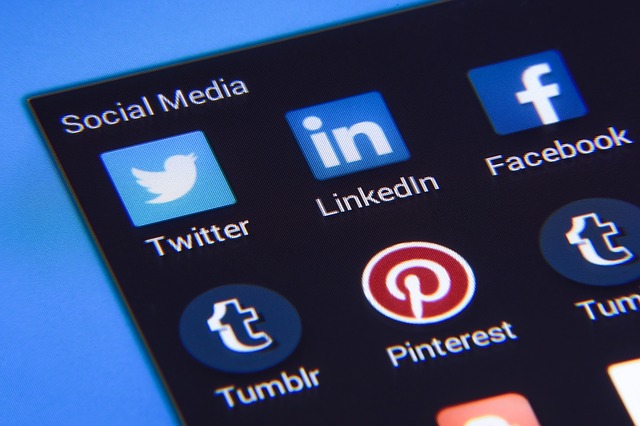Twitter and their messy user privacy track-record:
In recent years, the tech industry has faced a slew of privacy issues and Twitter is no exception. The social media giant has had a tarnished record that is chalk-full of privacy breaches and scares. This list continues to grow. Here are some of the recent breaches, just to name a few:
- June 2016: More than 32.8 million Twitter credentials were being offered for sale on the dark web containing usernames, emails, and passwords.
- May 2018: Twitter urged its more than 330 million users worldwide to change their passwords after a bug was discovered.
- December 2018: Twitter was hit with a data breach incident that they believe was linked to a suspected state-sponsored attack.
- January 2019: Another data breach was discovered by an Irish Data Protection Commissioner, prompting a GDPR Investigation and $22 million dollar fine.
- January 2019: An international group discovered that, with their developed algorithm, they could predict exactly where you live in a matter of minutes (with 90% accuracy) from your tweet’s location information.
- February 2019: Twitter was caught red-handed storing deleted direct messages—even those from deleted or suspended accounts.
What is Twitter doing about it now?
In efforts to prevent the spread of more personal information over the web, the public is finally getting more control of their data. Twitter began rolling out a new privacy protection option in early March 2019 to help prevent the spread of private data.
With the new Twitter reporting update, Twitter users are able to report when their personal information has been tweeted without their permission. This includes contact information, addresses, financial information, and any identifying pictures or numbers. Twitter stated that they “want to move faster in reviewing reported Tweets that share personal information. Starting today, you’ll be able to tell us more about the Tweet you are reporting”.
Not only is Twitter stepping up to hand over privacy power to the users, but so is Facebook. Zuckerberg announced plans to rebuild the site’s privacy features with a focus on private communications.
What you can do to protect your data on Twitter:
This information isn’t meant to say that you or your children should never open a Twitter account or any other social media account. It rather is to inform you and others to take action to do all you can to keep your personal information private.
Here are some additional ways you and your children can prevent personal information from being shared with the public on Twitter:
- Protect your tweets: Only show your Tweets to people who you permit to follow you. Enable this by going to your account, selecting settings and privacy, then click on privacy and safety and switch the “protect your tweets” setting to on.
- Receive messages only from those you know: Ensure that you aren’t allowing strangers to directly message you by checking that your “receive messages from anyone” setting is turned off. You can find this switch under privacy and safety.
- Turn off your precise location tracker: Twitter has a setting that if turned on, can collect, store, and use your device’s precise location. Disable this under “location” in settings and privacy.
- Update your password: This applies to any online account. Using a strong password will help from your account from being hacked and protect it from possible data leaks. Tips for a strong password include:
- A length of least 10 characters
- A mix of numerals, symbols, upper case and lower-case letters
- Using a different password for all accounts online
- Use two-step verification: This process involves two authentication methods to verify that you are the correct user logging in. Follow the steps provided when going to your Twitter account and selecting “set up login verification”.
Think of these steps as prevention and safety steps to teach your children as they begin using social media. Just like making sure that teaching them to wear a helmet when they ride a bike or taking them to swimming lessons so they are safe around a pool — you need to instill safe practices when using any and all social media platforms.
To learn more about other social media platforms, read our blog, “5 Things Parents Need to Know About Snapchat”. For more information and guidance to keep your children safe, check out our Home program and webinars.







